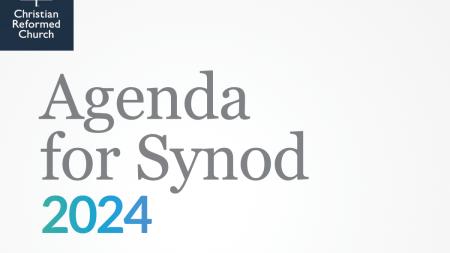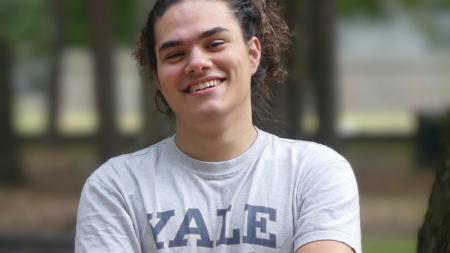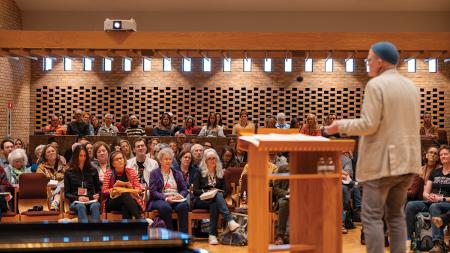Restorative Justice Needed at Time of Turmoil

Robert Spicer
Courtesy photo
Robert Spicer says the recent killings in Baton Rouge, La., and in Falcon Heights, Minn., of black men by police officers, and the killings of police officers in Dallas, Tex., and Baton Rouge are signs that the U.S. is in turmoil and in need of restoration.
“Our nation is going through a very difficult time,” said Spicer, chief executive officer of Restorative Strategies, for which he travels the U.S talking to groups, especially schools and police forces, about what is called restorative justice.
“We need to learn another way to get where we need to go without using punitive measures,” said Spicer. “We need to interrupt the cycle of violence.”
And an important way to do this, he said, is by using restorative justice, a process that brings people in conflict together to talk out their differences and to seek restoration and reconciliation.
“Restorative justice can help us find ways to talk and create safe places for dialogue and healing to occur,” said Spicer. “Going through this can hurt. It isn’t easy. But it can work.”
Spicer we will be one of the speakers at a conference titled Restorative Justice, Procedural Justice, and Restorative Practices: In Criminal Justice, Schools, and Communities.
The conference is set for Saturday, Oct.1, at Trinity Christian College in Palos Heights, Ill.
Police officers, a judge, community advocates, and others will be presenters at the gathering sponsored by the Trinity Christian College Department of Criminal Justice and the Andrew Elliot Rusticus Foundation.
“The goal of the conference is to offer people information about restorative justice, which is an approach to social relations—including criminal sentencing,” said Brad Breems, a professor emeritus of criminal justice at Trinity Christian College and an organizer of the conference.
Restorative justice, restorative practices, and what is called procedural justice have been used and are growing in a variety of settings in cities and communities across across the U.S., said Breems.
“In schools, this takes place in meetings between students, who aren’t doing well in class, and their teachers and principals,” he said.
“They meet outside the classroom . . . to identify and confront the conditions, issues, and events that affect their presence, actions, and performance at school.”
In law enforcement, restorative measures bring victims, police officers, and offenders or community disputants into the same room so that they can lay out their own positions face-to-face.
A key element of restorative justice is to use carefully structured, intense, professionally led conversations to help people sort through and resolve their conflicts, he said.
“This approach costs less, is more emotionally and spiritually satisfying, and is deeper and more effective than relying exclusively on police enforcement, arrests, and the court and prison system with its lawsuit settlements, fines, probation, or imprisonment,” he said.
Presenters at the conference will talk about the underlying ideas of restorative justice and its origins in Jewish and Christian scriptures and other cultural traditions, including Native American practice.
One session will describe the basics of a Native American approach. Another will include an actual restorative justice circle, led by experienced facilitators who will show the process in action.
Two sessions will be led by Chicago police officers. In one session, a police trainer will discuss a process called procedural justice. In this, said Breems, police officers learn that they earn their legitimacy not only by the badge but also through fairness and respect and encouraging the person they are encountering to tell his or her side of the story.
Another police officer will show how fellow officers are engaging the public off the street in structured, nonconfrontational settings.
“We will hear from a person whose son was killed but whose experience with the court system left him cold until he became involved in a restorative justice program where victims and offenders interact and bring a measure of healing to each other,” said Breems.
Also speaking will be a judge, who will show how a sentence that involves restorative justice principles “is much more healing and effective than imprisonment,” he said.
There will also be a person who works with teachers, administrators, and students to create a positive learning environment out of one that is rife with cultural divisions and chaos.
“This conference is designed to fill us with hope about how a change of methods can lead to a measure of stability and mutual respect in a society now split by mistrust and violence,” said Breems.
For more information and to register for the conference, visit tccrj.eventbrite.com or call 708-341-1154. See also trinitycriminaljustice.


